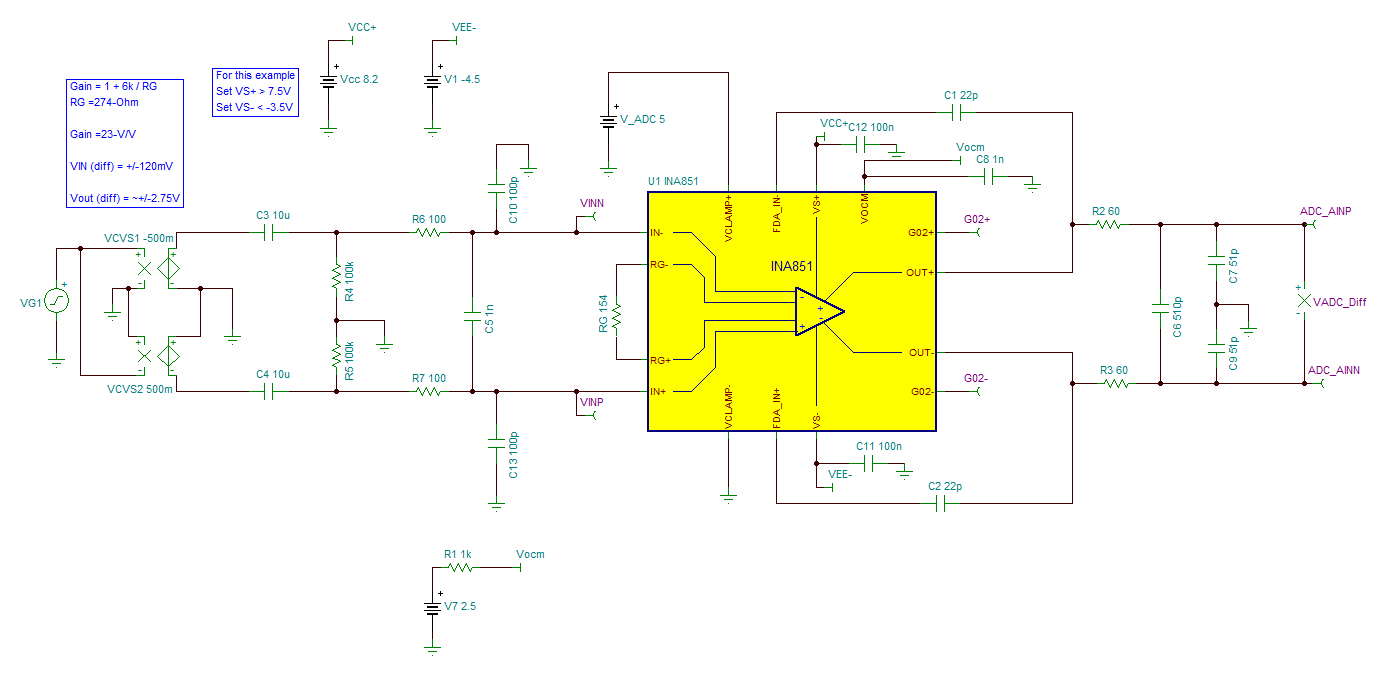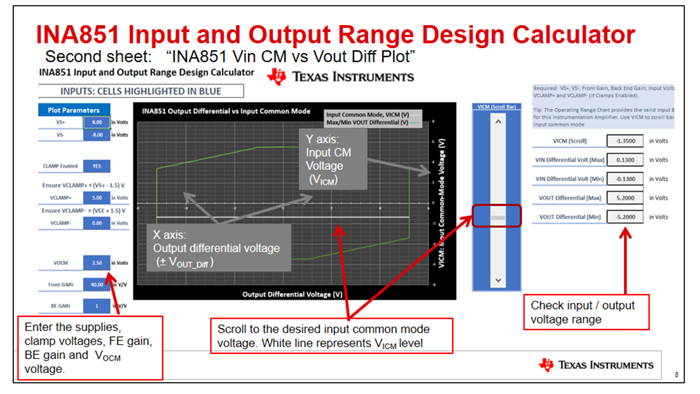Hi,
We bought 40 XINA851RGTR 2 month ago and we have trouble to work with. Therefore I have several questions :
-Are the performances announced in the data-sheet reachable : “Input stage noise: 3.2 nV/√Hz, 0.8 pA/√Hz” for a 1000 gain ?
-Does dual supply generate less input noise than single supply ?
-Are pins FDA_IN+ and FDA_IN- internally connected ? In the datasheet of March 2022 it is written that “pin is internally non-connected on preliminary samples, but will have full functionality in the final device release.”
-Does XINA851RGTR have a precise welding procedure ? Because 1 out of 3 chip seems to not work properly after soldering.
-Does the new version of the INA851 fix issues of XINA851RGTR ?
If you have the answers I will be very grateful
Best Regards,
Maximilien






